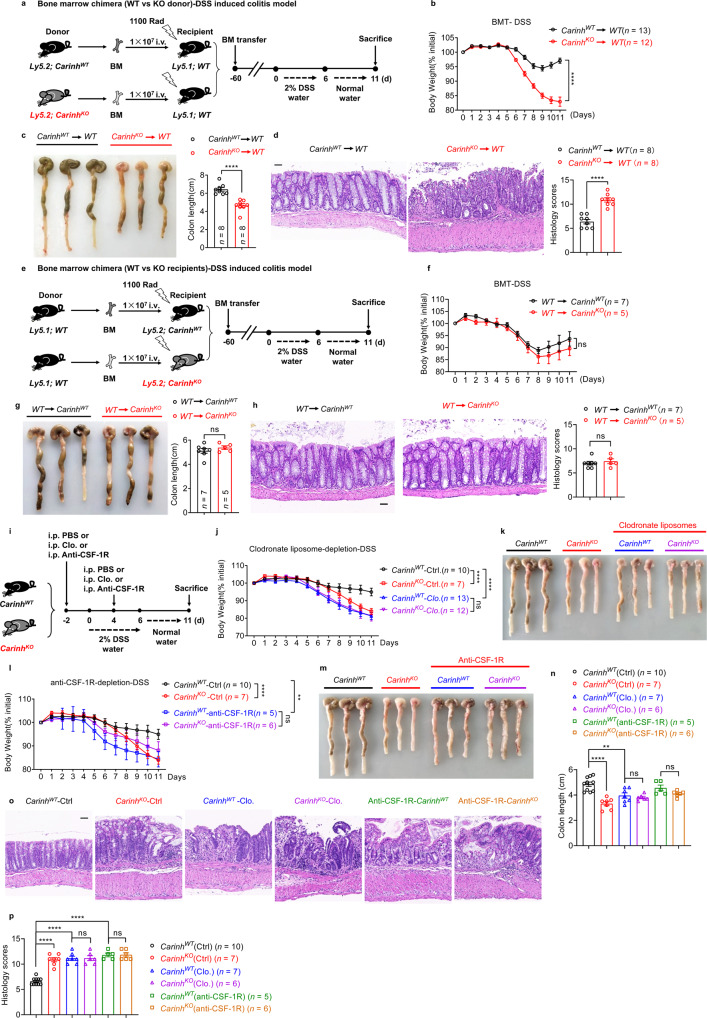Fig. 2. Myeloid-derived Carinh protects against DSS-induced colitis.
a–d In BM chimera experiments, BM cells from CarinhWT and CarinhKO mice were transplanted into 1100 rad γ-ray irradiated recipient mice. Two months later, the DSS colitis model was induced (a). Colitis was monitored by body weight loss (b), colon shortening (c), and H&E staining of colon tissues (d). For H&E staining (d): left, representative pictures. Scale bar, 50 μm. Right, quantification of corresponding histology scores. 5 views per mice, 8 mice per group. BMT, bone marrow transplantation. BM cells from congenic mice were transplanted into 1100 rad γ-ray irradiated CarinhWT and CarinhKO recipient mice. Two months later, the DSS colitis model was induced (e). Colitis was monitored by body weight loss (f), colon shortening (g), and H&E staining of colon tissues (h). For H&E staining (h): left, representative pictures. Scale bars, 50 μm. Right, quantification of corresponding histology scores. 5 views per mice, WT to CarinhWT n = 7 mice and WT to CarinhKO n = 5 mice.PBS (Ctrl) or Clodronate liposomes (Clo.) or anti-CSF-1R antibodies were i.p. injected 2 days before (–2d) and 4 days after (+4d) 2% DSS administration (i). Colitis was monitored by body weight loss (j and l), colon shortening (k and m, representative pictures; n, statistics) and H&E staining of colon tissues (o, p). (o) Representative pictures. Scale bars, 50 μm. p Quantification of corresponding histology scores. 5 views per mice, 10 CarinhWT (Ctrl) mice, 7 CarinhKO (Ctrl) mice, 7 CarinhWT (Clo.) mice, 6 CarinhKO (Clo.) mice, 5 CarinhWT (anti-CSF-1R) mice, and 6 CarinhKO (anti-CSF-1R) mice. Body weight data in b, f, j and l are pooled from two independent experiments. Other data are representative of three independent experiments. Data represent means ± SEM. Body weight changes in b, f, j and l were analyzed by two-way ANOVA. Colon length (n) and histology scores (p) were analyzed by one-way ANOVA. Unpaired two-tailed Student’s t-tests were used for other analyses. **P < 0.01, ****P < 0.0001; ns, not significant.

